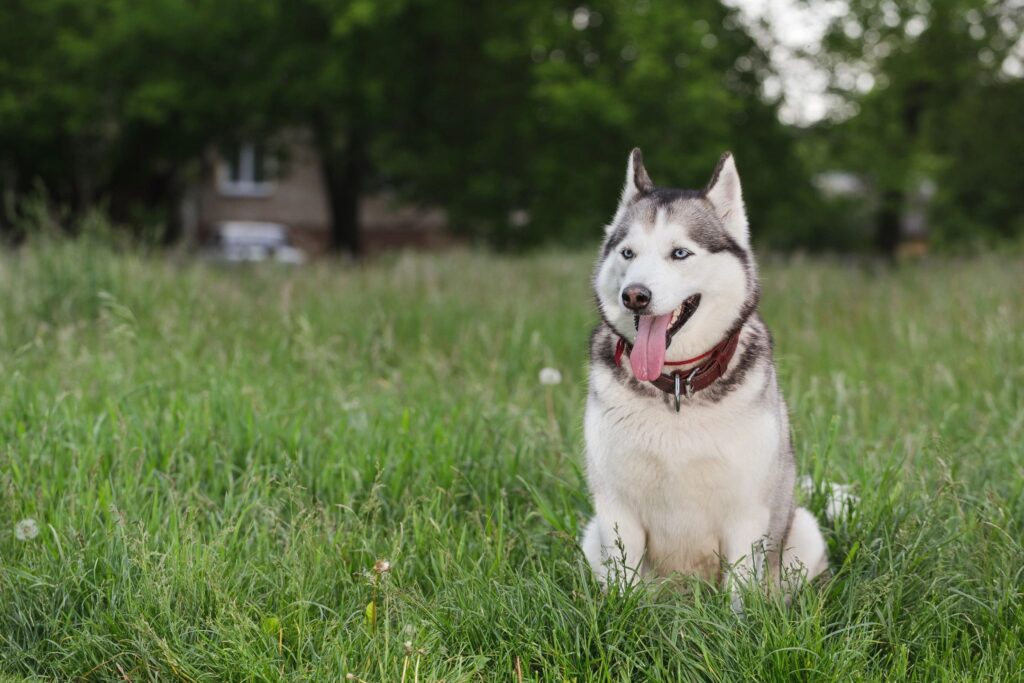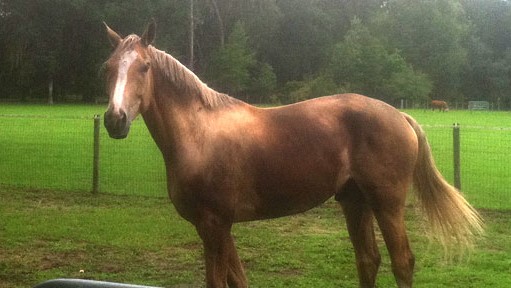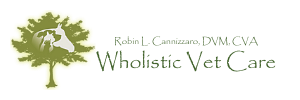A Brief Explanation of Homeopathy and its Method of Treatment
This article was written by Dr. Richard Pitcairn, DVM, and shared with his permission.
Homeopathy started about 200 years ago with a discovery by the German doctor, Samuel Hahnemann. Homeopathy means literally to “treat with a similar disease and this principle Is often made clearer by contrasting it with otl1er methods of treatment. For example, “allopathic” is used to denote methods of treatment based on counteracting symptoms-like using a drug to slow intestinal motility in a case of diarrhea.
To understand the homeopathic approach, it is helpful to consider the state of the patient during disease. For this purpose, we can consider two aspects of the situation. There is an immediate cause such as bacteria, virus, toxin, or internal immunological activity. There is also the patient’s side of the problem with the manifestation of reaction and defenses (e.g., fever, inflammation, and discharge attempts at eliminating the source of the problem).
The homeopathic perspective does not ignore the existence of immediate causes, such as infection, but focuses more on how the patient is attempts · Ing to deal with the problem. The idea is that if the patient’s defenses can be strengthened then the balance shifts in favor of recovery.
The central discovery that Dr. Hahnemann made is that the patient can be stimulated towards recovery when medicines are applied in a particular way. If the patient is given a substance that will gently disturb the health, In the direction of “disease”, to produce almost the same syndrome or the same set of symptoms (In mild form), ft will have a stimulating effect on the patient’s defense system. It is almost as if the patient’s defenses cannot distinguish between the natural disease and what this similar substance Is doing.
The usefulness of this method is that medicines can be used to manipulate the patient’s condition; to enhance and assist the attempts that the patient Is making to overcome the disease.
The homeopathic approach utilizes several hundred substances that have been studied as to their effects on the human and animal body. Some of these are common herbs; others are from poisonous plants; some remedies are made from toxins and venoms.
To enhance the usefulness of these substances while minimizing harmful effects, homeopathic medicines are specially prepared in pharmacies. They are carefully diluted and mixed to a level where stimulation is still possible, but toxic effects are eliminated. This is somewhat similar to the method of desensitization against allergens or the use of vaccines.
In summary, the method of homeopathic treatment is to stimulate the process of healing through temporarily establishing an artificial disturbance of health with medicines. This disturbance when similar to the disturbance caused by the disease, makes the body work harder at trying to get well. The healing changes that follow are the result of this stimulation.
The homeopathic doctor carefully evaluates the changes that occur after use of the homeopathic medicine. In this way, the patient can be guided to recovery of their health over the weeks or months necessary for the body to repel the disease and regrow damaged tissues.
UNDERLYING ENERGY IMBALANCE (CHRONIC DISEASE)
This article was written by Dr. Richard Pitcairn, DVM, and shared with his permission.
Most health problems are the result of an underlying energy imbalance, made worse from poor diet and vaccination. they are rarely acute diseases (except injuries). therefore, you may find that the problem does not clear up as you expect or recurs. if the disease (i.e., cystitis) clears up rapidly and then comes back, even with a response to repeated treatment, you need to be thinking that you are dealing with an underlying predisposition to illness. as we cure animals of disease, we find that certain other normal things go away, too. do not be satisfied with the health of your animal until most of the following symptoms are gone. look for these in young, apparently healthy animals, and treat quickly.

Signs Of Underlying Energy Imbalance Often Deemed Normal in Dogs
- SKIN: doggy smell, attracts fleas a lot, dry coat, oily coat, lack luster coat, excessive shedding, chronic ear problems – wax.
- BEHAVIOR: fear of loud noises, thunder, wind, barks too much and too long, suspicious nature. Timidity, licking things, people, irritability, indolence, eating dog stool (possibly cat stool-) it seems to be normal to eat horse, cow, and rabbit manure, feet sensitive to handling, aggressiveness at play, destructiveness.
- STOMACH: mucous on stools, even occasional, tendency to diarrhea with least change of diet. Obesity, bad breath, poor appetite, craving weird things, esp. non-food. stiffness when getting up, early hip dysplasia.
- TEMPERATURE: Sensitive to heat or cold. low grade fevers normal for cats, dogs, is 100-101.5
Signs Of Underlying Energy Imbalance Often Deemed Normal in Cats
- SKIN: “freckles” on the face, fragile claws, loss of whiskers, attracts fleas a lot, dry, dull coat.
- EXCESSIVE HAIR LOSS: waxy ears, frequent recurrence of mites, not grooming well.
- BEHAVIOR: too timid or too rough, biting when petted too long, hysteria when restrained, irritability, indolence, not covering stool, not using litter box, perching high, clumsy.
- STOMACH: excessive appetite, finnicky appetite, sensitivity to milk: eating weird things, thirst. A super healthy cat on good food will drink at most once a week, constipation, hard dry stools, obesity, thinness, loss of teeth, bad breath: pale gums, red gums, diarrhea on food change, vomiting often, vomiting hairballs more than 12x/year, tarter accumulation in dogs or cats.
Signs Of Equine Underlying Energy Imbalance

- MIND: cribbing and/or weaving, pen/stall walking, flank sucking, over-reactive, fearful, excessively territorial, or aggressive.
- FEARS: loud noises, slightest noises, narrow spaces.
- UR: puffy around eyes, chronic conjunctivitis, dull eyes, total snots, asthma, coughs.
- MOUTH: foul breath, fissures at corners of mouth, salivation from clover teeth: hollow seeming teeth, hard to float, loose teeth at under 20 years old stomach coprophagia/pica, craves salt, fussy eating, intolerant to fat.
- ABDOMEN: repeated colic’s, sensitivity to weather changes with git signs, excessively susceptible to parasites, potbellied foals, distended abdomen (hay belly) in adults.
- RECTUM: rectum tears easily when palpated, hard dry fecal balls.
- EXTREMITIES: warm up very slowly, stiff muscles tie up if warmed up: swollen legs: hot or cold- may or may not go down with exercise, unable to lift back feet, unable to balance on three legs.
- FEET: bad odor without pathology, excessive moisture in feet, sensitive to hammering in nails
- PERSPIRATION: sweat on upper body but not low r, sticky sweat, unpleasant odor Skin.
- HAIR: dry and/or dull hair coat, dry skin, poor-healing wounds, greasy skin on face.
- GENERALITIES: poor exercise tolerance, fat deposits, crusty necks, around tail head, top of croup, under eyes, disturbed by temperature changes, offensive odors, not wanting to be touched, groomed
Other Species
How would they be in the wild? Is this really healthy? Learn the normals and be open to more health.

